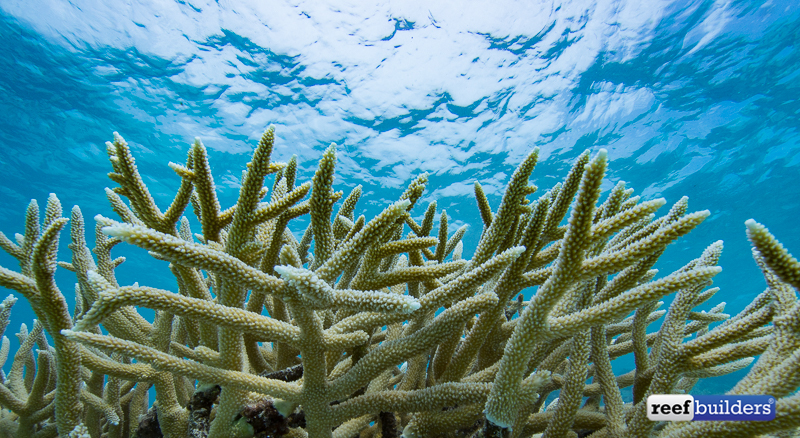After spending last weekend at the Reef-A-Palooza Orlando show we decided to hop on a plane and check out some Caribbean corals in the Dominican Republic. We travelled from the capital city of Santo Domingo around the coast to Punta Cana stopping at three unique reef habitats.
DAY 1:
We started our day catching a 4:30 am cab to the airport and were on the ground in Santo Domingo just after 9:30 am. We first met with Jhon H. Morató who gave us a tour of his local reef shop (read more here) and took us to visit the National Aquarium of Santo Domingo.
But we couldn’t just stop there, oh no we had to get in the water and find some corals! We did our first dive at the La Caleta marine park and we were pleasantly surprised by the abundance of coral. We spend the entire dive crisscrossing a small area a 1/4 the size of a football field gathering as may photos as humanly possible. This got us even more excited for diving the next day.

DAY 2:
We headed back to La Caleta for a full day of diving, the condition underwater were perfect, no current and 30m+ visibility. The reef was dominated by large colonies of encrusting Orbicella and we crowned it the La Caleta Reef Builder coral.
We were really impressed by the diversity of corals in La Caleta. Everywhere you looked there were big healthy corals and lots of them. Some of our favorites from La Caleta were the fleshy Mussa corals, all the different Mycetophyllia and the scribbly Colpophyllia brain corals. We also found a small colony of the rare Dendrogyra cylindricus, a glowing colony of Helioceris and a few interesting pillars of Miandrina and Agaricia.
DAY 3:
This was a travel day we headed south from Santo Domingo towards the eastern coast of Bavaro, a popular Dominican Republic tourist destination covered with all inclusive hotels. The bus ride took nearly 5 hours to get us from the capitol to Bavaro.
DAY 4:
We did our 4th dive of the trip on the north east coast of the island with ScubaCaribe. They took us to visit the Rondana dive site which is located more on the atlantic side of the island. The coral diversity was nowhere near that of La Caleta, although there was quite a bit more than we expected. Over the past decade tourism has exploded along the Dominican coastline leading to a decline in the marine environment due to sedimentation runoff from the construction on land.

We found the same encrusting colonies of Orbicella, and upon further inspection of the rocky reef we were able to still pick out some unique corals. We found an interesting colony of Madracis decactis, Scolymia Cubensis and colonies of Ricordia florida and St. Thomas mushrooms. ScubaCaribe also offers a dive trip to Catalina and Bayahibe which would be a good choice for divers looking for a higher diversity of fish and corals. You can watch a video of our dive HERE.
DAY 5:
Our most anticipated dive, and last stop of the trip was to the Puntacana coral restoration garden. This pioneering project started more than 10 years ago and has an impressive garden full of Acropora cervicornis.
The Puntacana Foundation is growing Acropora on hanging rope gardens, A shape metal frames and mid-water rope ladders. There is also a coral table with Elkhorn fragment growing on large cement disks. They told us hardest part is keeping up with all the corals as they are constantly having to trim and removed fragments so the frames dont collapse.
Stay tuned to ReefBuilders next week, were we will write a full report about the Puntacana Coral Restoration project.
We would like to Thank Dominican Reef, ScubaCaribe and the Puntacana Foundation for showing us around the Dominican Republic! Can’t wait to visit again.




